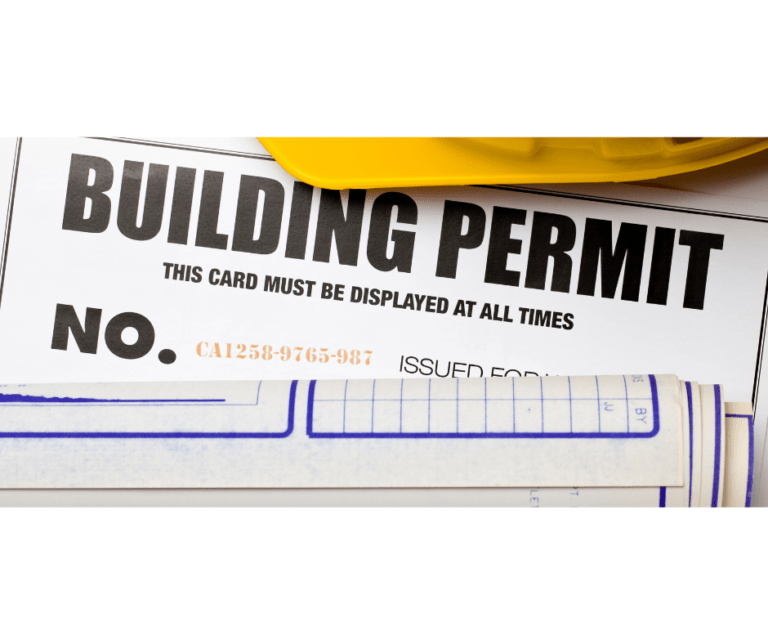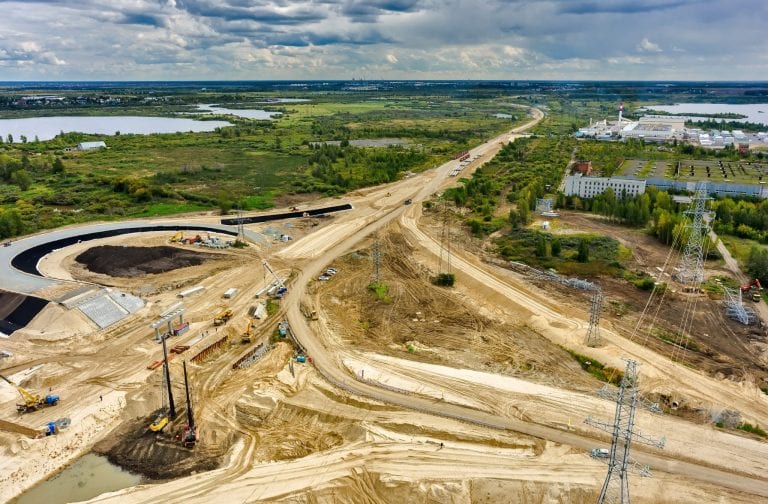
From Texas City to Sugar Land to Austin to San Marcus and even Texas A&M University, many public entities in Texas are leveraging public-private partnerships known as P3s due to budget constraints, limited staff, and challenges in using traditional procurement models. I first wrote about P3s in 2022 – “4 Pillars to De-Risk Permitting on P3 Projects” – because permitting was identified as a major risk for P3 projects being delivered on time and for being successful.
Permitting for public-private partnership (P3) projects in Texas involves navigating a complex landscape that is continuously evolving. Those agencies that undertake a P3 relationship are exercising a creative way to move forward in infrastructure demands like housing, road improvements, or mixed-use developments in their geographical area.
P3s carry a certain level of financial risk, especially for large-scale projects, making it essential for permits to be obtained in a timely manner. To assist developers and government organizations that have selected a P3 to move forward, below are some key aspects and best practices in permitting P3 projects in the state:
Key Aspects to Consider
- Regulatory Compliance: Depending on site conditions and the purpose of the project, all P3 projects must adhere to either local, state, or federal regulations. This includes zoning laws, environmental regulations, building codes and safety standards. If found to be non-compliant, your project will be delayed.
- Coordination with Agencies: P3 projects often require coordination with multiple authorities having jurisdiction, private utilities, and key stakeholders. Effective communication and collaboration with these organizations are vital and from PermitUsNow’s experience, streamlines the permitting process.
Best Practices in Permitting P3s
- Get Started Early: Starting the permitting process early with pre-development meetings with key jurisdiction staff from all permitting review departments, private utilities and key stakeholders helps to bring the project to the forefront and to obtain information from permitting staff on any areas to watch out for and timelines for reviews.
- Maintain Ongoing Communication: Maintain ongoing communication with permitting jurisdictions and stakeholders to address any potential issues proactively and to keep the project top-of-mind.
- Use a Phased Approach: Consider ways your P3 project can be phased, such as a civil site package, or a foundation or core and shell. Using a phased approach to manage the permitting process can allow for construction to start sooner versus waiting for the full building and civil scopes as an example to be permitted altogether.
- Streamline Processes: Identify the jurisdiction’s permit application and plan submission procedure to determine existing technology. Where you can do so, leverage technology, including collaborative tools like Bluebeam, to streamline processes to expedite permitting. Digital submission and electronic tracking can improve efficiency and provide helpful information.
- Manage Permitting Risks: Develop a comprehensive permit tracking and risk management plan to identify and mitigate potential issues that could affect permitting or project timelines. This is crucial to pulling permits for P3s in a timely manner.
- Be Transparent: From PermitUsNow’s experience, maintaining clear, open communications with jurisdictions, key stakeholders, and private utilities helps minimize misunderstandings and avoid delays in permitting. Transparency throughout the permitting process builds trust that ultimately leads to projects being approved in a timely manner.
In Conclusion
Texas continues to be fertile ground for developers to approach public entities for pursuing public private partnerships as a project delivery method. In planting your P3 flag in Texas, it is imperative that the plan for permitting projects is considered early and kept in the forefront to mitigate projects being de-railed. If you are a public entity or private developer wanting to de-risk permitting in your P3 project in Texas, call PermitUsNow at 1.844.PERMIT.4. We are committed to pulling permits for our developer, architect, contractor, and project owner clients without delay, eliminating their frustrations with the permitting process. Simply email us your plans today and we will free you up to focus on doing what you love – building your customers’ dreams. #BuildSafe
By: Helen Callier, PermitUsNow







